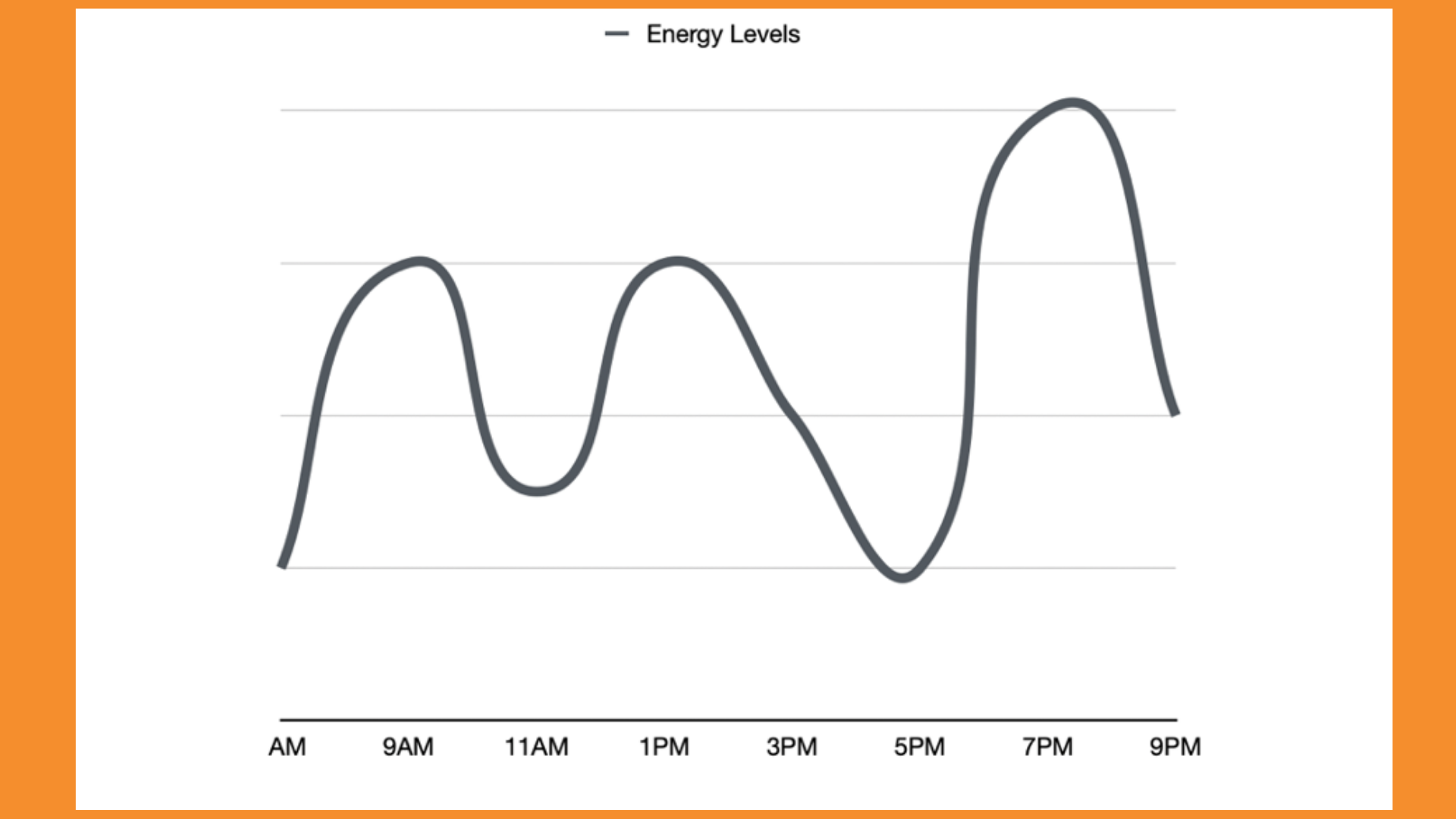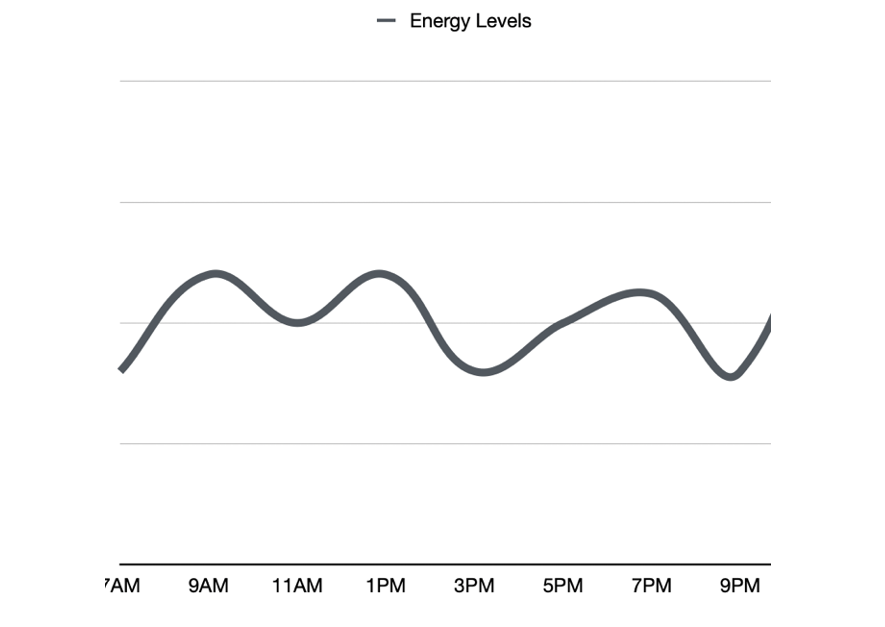Posted by Jared Shumate on Sep 16th 2021
Adjusting You Eating Schedule To Maximize Energy
I am certainly not a nutritionist, but thankfully I’ve had the opportunity to work with many top-tier nutritionists throughout my career. Through them, I have learned not only what to eat, but how much and how often to eat as well. As a Nordic combined athlete, I have a bit different perspective on food because ski jumping is such a weight-restrictive sport, but I think that what I’ve learned from my nutritionists, and what I’m about to teach to all you readers, can be applied to any sport or any type of athlete.
In the US, we tend to follow a three meal per day schedule: a big breakfast, a big lunch, and a big dinner. And while eating 3 big meals per day is great, I’ve come to understand that this is not necessarily the best diet plan for athletes that train 2-3 times per day. The effect of eating big meals far apart is essentially that it spikes your energy and glucose levels following a meal, but then your energy and glucose get low by the time you eat your next big meal. I made a super scientific graph below to show what I mean.

With big meals at 8am, 12 pm, and 7pm, for example, your energy gets high right afterwards but then proceeds to crash. However, one topic that I’ve discussed with my nutritionists is the practice of eating smaller meals more frequently. I have switched to a schedule where I eat about 5 smaller meals per day and I have noticed that my energy level tends to stay higher throughout the day. Here is another super scientific chart to show what I mean:

- 1.You can get a rough estimate or your Basal Metabolic Rate (BMR) through this link. It is certainly not perfect but gives you an idea of how many calories you should consume a day. Then divide your daily caloric needs by 5, giving you the amount of calories per meal you should shoot for. For me, my BMR with activity is about 2500-3500, so I shoot for 500-700 calories per meal. In big training blocks this number will go up.
- 2.Eat meals that are appropriate energy sources for what you’re doing. For example, if you’re going out for a 3-hour roller ski, eat something that is high carbs but still has protein so that it gives you the energy that you need but is sustainable. If you’re going to the gym, a closer ratio of carbs-protein is the way to go.
- 3.Instead of eating a recovery snack after a workout and then going home and eating a big meal, treat your recovery food after your workout as a meal. For example, instead of eating a protein bar and then going home and eating a big meal, bring a sandwich or Tupperware full of food with you to training so that you can eat it right afterwards. As always, try to hit the proper ratio of carbs to protein even for your meal.
- 4.Eat an hour or two before each training session and a recovery meal within an hour of your workouts so that your body has time to digest the food that you put into it. This is easier with small meals because it is less demanding on your body’s digestive system.
- 5.Instead of eating a bunch of snacks throughout the day, space your meals out so that you’re not getting hungry in between them and can treat an afternoon meal as a large snack.
- 6.Eat a snack before bed. In the ski jumping world, eating before you go to bed is kind of a no-no. But I’ve learned that eating before you go to bed will help you to wake up with more energy to start the next day. My go-to is a bowl of cereal!
And that’s my advice on eating. As I said, I am not a nutritionist, just an athlete that has been able to learn from nutritionists. I think that the most important thing is to play around with what you eat, how often you eat, and how much you eat to figure out what works best for your body. Following a 5 daily meal schedule has helped me manage both my energy levels and my weight, which are two very important aspects of Nordic combined.

